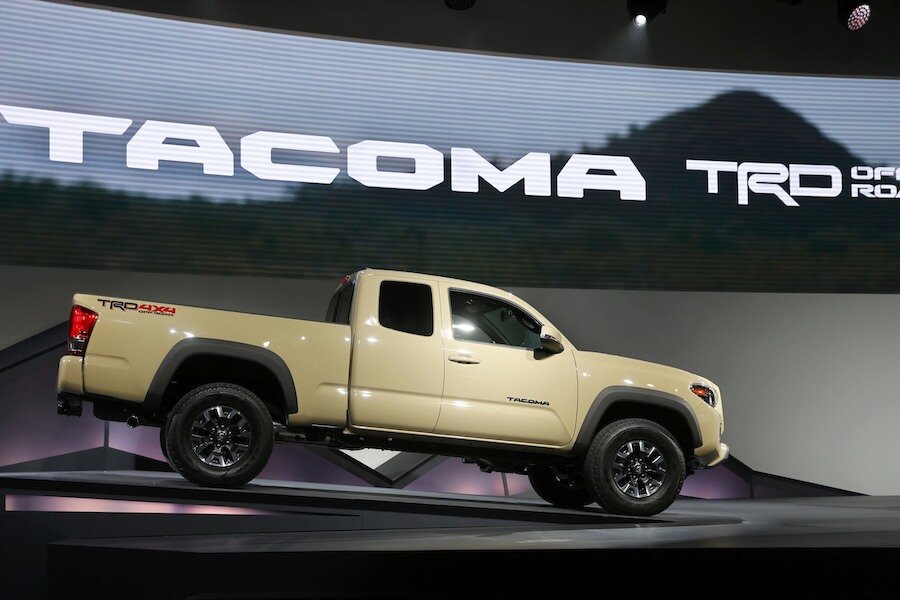2016 Toyota Tacoma review: Does it earn its reputation?
Loading...
Let’s get this out of the way: With the Tacoma, Toyota has the best-selling truck in this segment, and one of the models that retains the best resale value in the entire U.S. market. Its owners are fiercely loyal, and cheerleaders for the brand’s trucks.
They’re also the demographic that other automakers seem to dream about in marketing presentations: Younger, active professional males—weekend warrior types, especially—with the budget leeway to spend thousands of dollars of accessories or off-road hardware.
It’s such a solid, loyal buyer base that Toyota officials seem truly baffled how other automakers don’t see a business case in mid-size trucks. But as we found this past week, in a test drive of the redesigned 2016 Toyota Tacoma, success does come at a cost: While the 2016 Tacoma probably delivers exactly what that existing demographic wants in a next truck, we don’t see the Tacoma reaching out and appealing to a new buyer base.
The Tacoma TRD Off-Road model, at around $35k as equipped, is the model that probably most appeals to those enthusiasts—and most fits into the rugged Pacific Northwest forests leading up from Seattle toward Mount Rainier, where we tested this new truck.
Off on a rocky trail, you take advantage of the ladder-frame layout, which is open in back, the integrity of the new composite-panel bed, and the wheel articulation afforded by the revamped suspension. A new Multi-Terrain Select system (yes, like in the 4Runner, or Range Rovers) let us dial in settings for the conditions—like Mud and Sand, or Rock—and the traction control system provided the right amount of wheelspin and nuance. And down a very steep hill with loose, sandy soil and exposed roots, the Tacoma TRD Off-Road model’s Crawl Control maintained a constant, very slow speed that allowed us to simply focus on steering between the trees close on either side.
Engineered for the long haul—even off-road
What’s more impressive is that, according to chief engineer Mike Sweers, all this stuff is supposed to perform just as well after 200,000 miles—or when it’s coated with mud and grime—as when it’s brand-spanking new. While sports-car owners would never expect original lap times from a performance model with that sort of mileage, truck owners really do expect it from their rigs, he says, so that’s a huge consideration in the truck’s design.
It’s part of the reason why Toyota stuck with rear drum brakes for the Tacoma, Sweers says, as they’re less likely to have issues with dirt, sand, and rocks caught in rotors.
It also even allows things that those loyal Tacoma off-roaders are going to gush over—like a special mode in which the Crawl Control electronics will actually get the Tacoma “un-stuck” in loose sand or mud, by gently pulsing like a washing machine on tumble cycle, eventually finding the right ridge to crawl back over.







